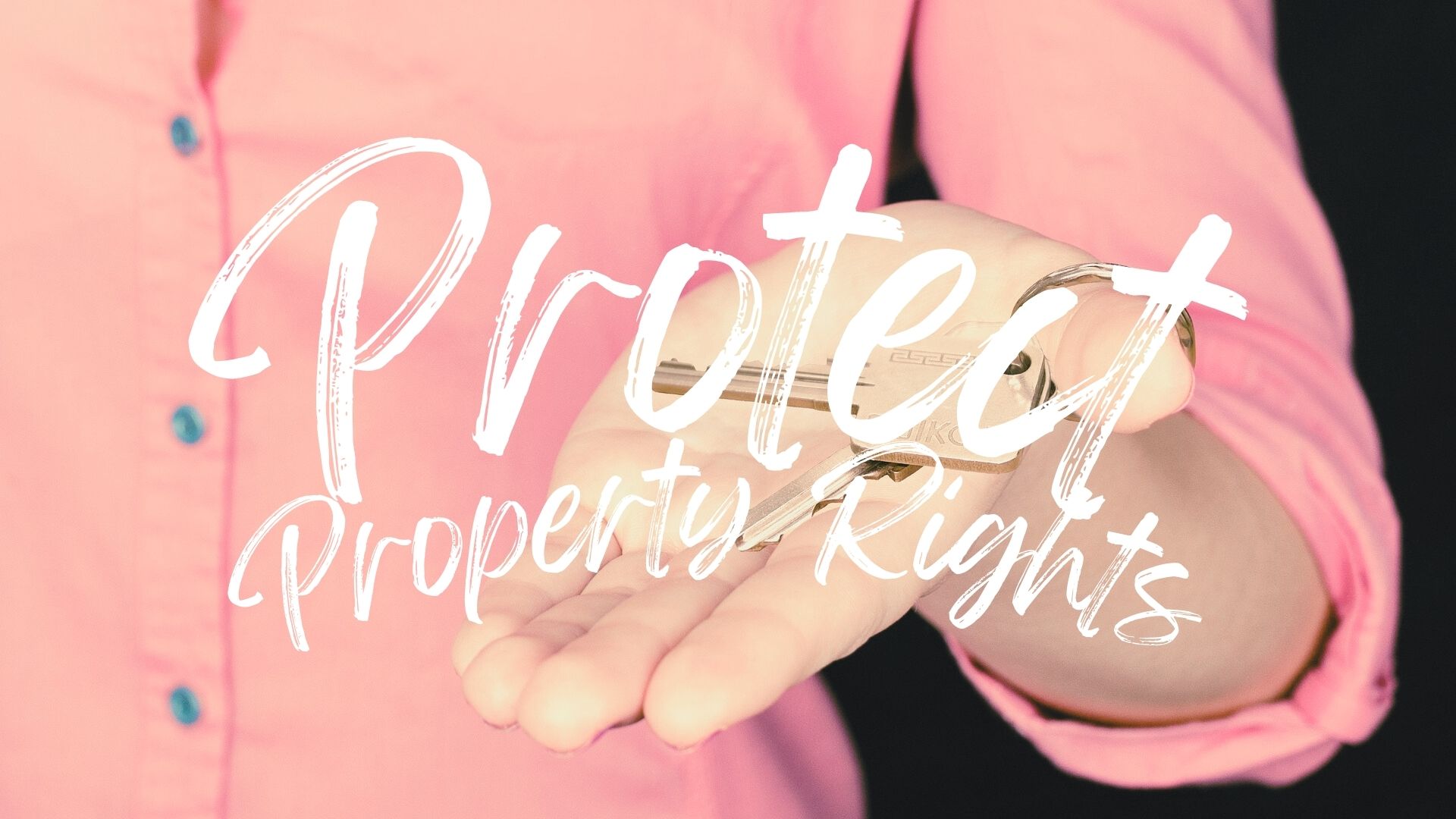
1031 Exchange Basics: More Purchasing Power By Deferring Capital Gains Taxes
Building wealth through real estate isn’t just about buying and selling properties. Strategic financial planning plays a crucial role. One powerful tool available to investors is the 1031 exchange. Understanding the 1031 exchange basics is essential for anyone serious about minimizing tax obligations and maximizing investment returns. In this article, we’ll walk you through the essentials of the 1031 exchange, breaking down complex concepts into actionable insights.
What is a 1031 Exchange?
Defining the 1031 Exchange Basics
A 1031 exchange, also known as a like-kind exchange, is a provision under the Internal Revenue Code Section 1031. It allows investors to defer capital gains taxes when they sell an investment property and reinvest the proceeds into a new, like-kind property. This process can significantly enhance your ability to grow and preserve wealth through real estate investments.
Why is the 1031 Exchange Important?
The 1031 exchange provides several advantages. Primarily, it allows you to defer the payment of capital gains taxes, effectively giving you more capital to work with for future investments. Over time, this deferral can lead to more substantial portfolio growth and increased cash flow, critical components of building long-term wealth.
More Capital For Future Investments
Let’s say you buy a property for $300,000 and sell that property two years later for $500,000. You’re responsible for capital gains on that sale in the year of sale. currently capital gains are 20%.
The capital gains tax owed is $40,000. You are left with $460,000 to buy your next property. Your purchasing power has been reduced.
If you do a 1031 exchange, you defer the capital gains. Therefore, you have $500,000 to buy your next rental.
Deferred, Not Eliminated
If you ever decide to sell a property that was involved in a 1031 exchange, you will pay the capital gains all profits dating back to the original property.
Example of Chaining 1031 Exchanges
Let’s assume you chain together five 1031 exchanges with the following properties:
- First Property:
- Purchase Price: $200,000
- Sale Price: $300,000
- Deferred Gain: $100,000
- Second Property:
- Purchase Price: $300,000
- Sale Price: $400,000
- Deferred Gain: $100,000 + $100,000 = $200,000
- Third Property:
- Purchase Price: $400,000
- Sale Price: $500,000
- Deferred Gain: $200,000 + $100,000 = $300,000
- Fourth Property:
- Purchase Price: $500,000
- Sale Price: $600,000
- Deferred Gain: $300,000 + $100,000 = $400,000
- Fifth Property (Final):
- Purchase Price: $600,000
- Sale Price: $700,000
- Deferred Gain: $400,000 + $100,000 = $500,000
Tax Calculation on Sale of Final Property
- Total Deferred Gain:
- Accumulated deferred gain from all properties: $600,000
- Total Capital Gains Tax Owed: Total Capital Gain Tax=$600,000×0.20=$120,000
Eligibility for a 1031 Exchange
Types of Properties Eligible
Understanding the 1031 exchange basics involves knowing what types of properties qualify. Generally, the properties involved must be held for investment or productive use in a trade or business. Examples include rental properties, commercial buildings, and vacant land. Primary residences and properties held for resale do not qualify.
Like-Kind Requirement
The term “like-kind” is broader than it sounds. It doesn’t mean swapping an apartment building for another apartment building. Instead, it refers to the nature or character of the property. For instance, you can exchange a piece of raw land for a commercial building, or a rental house for an office space, as long as both are held for investment.
Steps to Execute a 1031 Exchange
Step 1: Identify the Property You Want to Sell
The first step in a 1031 exchange is to identify the property you wish to sell. This property is often referred to as the “relinquished property.”
Step 2: Identify Like-Kind Replacement Properties
After selling the relinquished property, you have 45 days to identify potential like-kind replacement properties. You must provide a written identification to a qualified intermediary and adhere to specific identification rules to ensure tax deferral benefits.
Step 3: Complete the Purchase
You have 180 days from the sale of your relinquished property to complete the purchase of one or more of the identified replacement properties. Be mindful of this timeline to maintain compliance with IRS regulations.
Step 4: Use a Qualified Intermediary
A qualified intermediary acts as the middleman, holding the proceeds from the sale of your relinquished property and using them to purchase the replacement property. This step is crucial because you, the investor, cannot receive the proceeds directly.
Potential Pitfalls and Considerations
Adherence to Timelines
One common mistake is missing the strict timelines set by the IRS. Ensure you identify and acquire your replacement property within the 45-day and 180-day windows, respectively.
Understanding the 1031 exchange basics can unlock significant financial benefits for real estate investors. By deferring capital gains taxes, this tool allows you to preserve and grow your capital more efficiently. While the process may seem complex, breaking it down into manageable steps can make it more approachable.
Whether you’re a novice investor looking to build your portfolio or a seasoned professional seeking to optimize your strategy, leveraging the 1031 exchange can be a game-changer. Start by identifying the right properties, adhere to the required timelines, and consult with experienced professionals to guide you through the process. By doing so, you can make informed decisions that propel you towards financial independence.
Remember, investing in real estate is not just about owning properties; it’s about making smart financial moves that compound over time. Equip yourself with the right knowledge and watch your wealth grow.

Follow us
A quick overview of the topics covered in this article.
- Defining the 1031 Exchange Basics
- Why is the 1031 Exchange Important?
- More Capital For Future Investments
- Deferred, Not Eliminated
- Example of Chaining 1031 Exchanges
- Tax Calculation on Sale of Final Property
- Types of Properties Eligible
- Like-Kind Requirement
- Step 1: Identify the Property You Want to Sell
- Step 2: Identify Like-Kind Replacement Properties
- Step 3: Complete the Purchase
- Step 4: Use a Qualified Intermediary
- Adherence to Timelines






